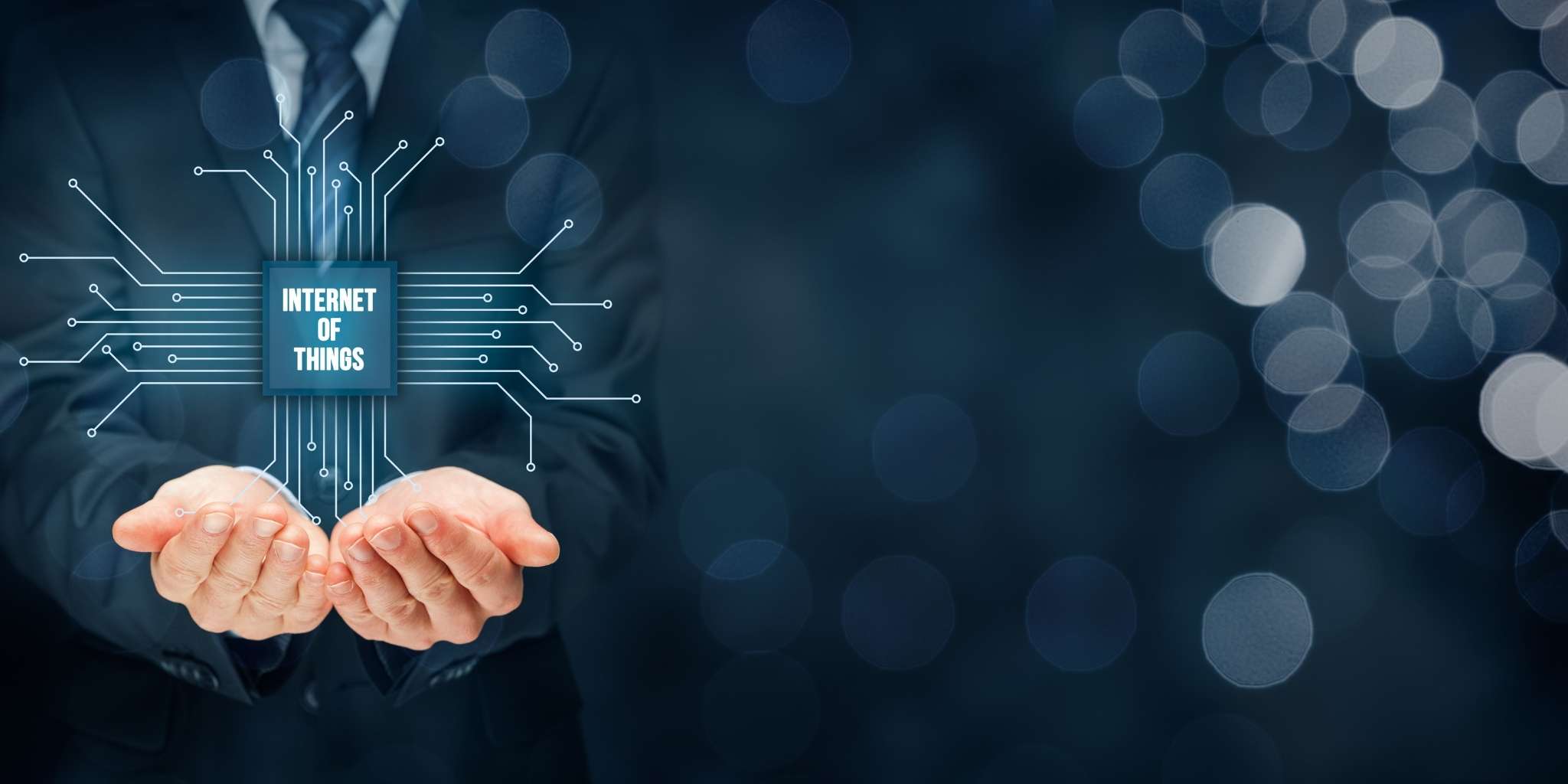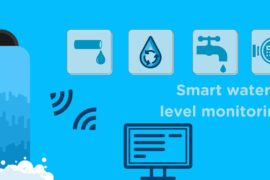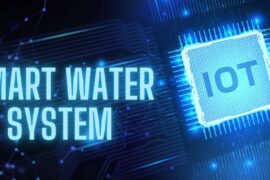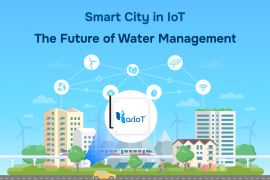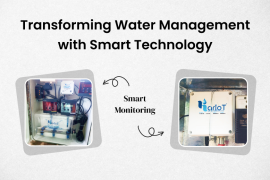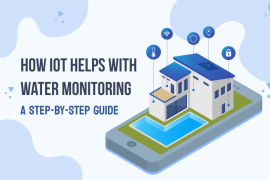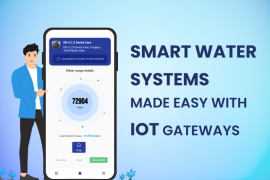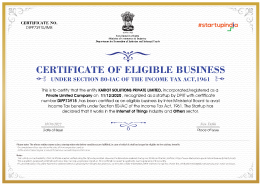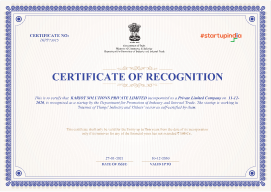The Internet of Things is a network of devices, data, and other technical elements that allow any task to perform naturally with minimal manual intervention. The Internet of Things has slowly crept into everyday life and the business world. The notion of the fourth industrial revolution is heavily reliant on the Internet of Things’ intuitive adaptability and intelligent automation in all industrial activities.
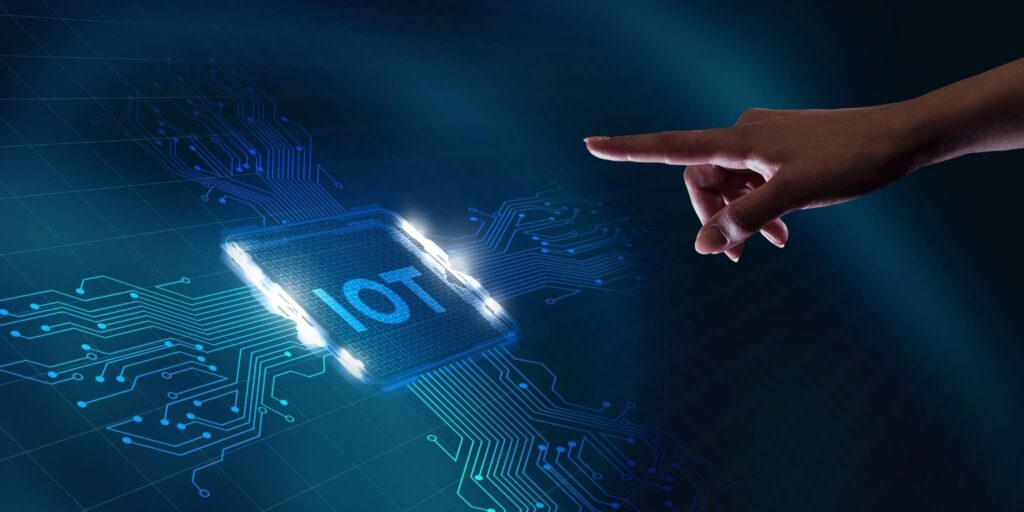
The IoT has made its way into water and wastewater management in recent years. Many cities and local governments have started using sensor-based technologies to intelligently manage their operations. Furthermore, enterprises are implementing IoT in water management to improve the efficiency of their effluent treatment facilities and overall utility management.
The IoT in water management aids utility managers in reducing hazards in sewage networks, water distribution networks, and these water and wastewater treatment facilities. It lays the groundwork for data-driven utility management, as well as more efficient asset management and operational efficiency.
Because the Internet of Things (IoT) has become a buzzword in the business, more companies are beginning to incorporate it into their systems. However, many of them rush through it and miss out on the advanced features of IoT. The incapacity of enterprises to manage massive data quantities is the most common difficulty. They confront when trying to make the most of IoT in water.
It’s critical to realize that the telemetric data collected by IoT devices is only one piece of the picture. Establishing IoT smart water management will not give meaningful outcomes to improve the water management at both public and private operations if you are incapable of using this data effectively.
These are among the ways you may decipher IoT data and utilize it to improve your water management.
Connect IoT Data Sources with an Infrastructure Model
You’ll need a digital infrastructure model while using IoT to manage a sewage network, freshwater distribution, or effluent treatment facility. Associate this pattern with the data setpoints collected by your IoT telemetry system. The real-time updates are a huge benefit & it is mainly due to the integration of IoT data digital infrastructure. This data-driven infrastructure modelling approach will assist you in making rapid judgments about any infrastructure modifications or restrictions.
Use the Infrastructure Model as a Digital Twin of the System
The following stage seems to turn the water network model into a virtual representation of its physical infrastructure. This concerned virtual replica is known to the network’s digital twin. Since it visualizes KPIs in near-real-time and uses AI/MI for predictive analysis, a digital twin is one step ahead of traditional models. For example, you may utilize the digital twin of a sewage network to anticipate when overflows are likely.
Use the Digital Twin to Drive Better Operations
The employment of digital twins to improve utility management operations is the next stage. Digital twins can be utilized for different purposes, including but not limited to:
- In a municipal water network, reduce non-revenue water.
- Enhance capital budgeting for asset maintenance and renewal.
- To avoid pollution and the regulatory consequences that follow, avoid sewage overflow hazards.
- Enhance overall energy and chemical efficiency of effluent treatment facilities and other industrial water/wastewater networks.
Democratize the Data for Cross-Functional Application
You must also ensure that all stakeholders can easily understand all the IoT data; this may be reached by improving the data visualization and resolving earlier information silos. The goal is for everyone, from regulators to engineers and operators to the general public, to be able to comprehend how these systems work based on accurate and current data.

